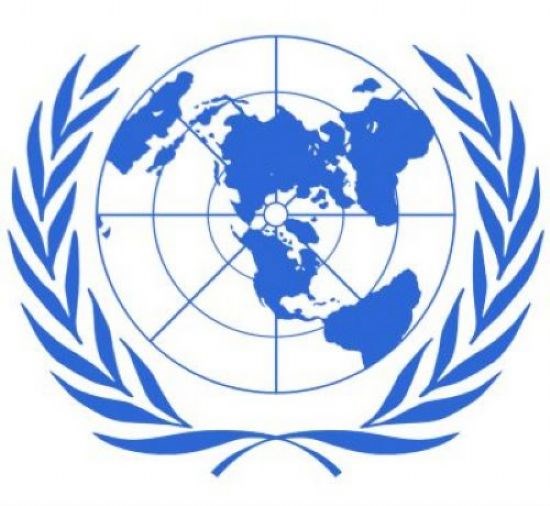Water: it’s a ubiquitous substance, necessity of civilization and the lifeblood of the planet. In 1993, the United Nations General Assembly designated March 22 as World Water Day — “a day to celebrate water, make a difference and prepare for how we manage water in the future.”
Canada is home to one fifth of the world’s freshwater and hosts the third-largest volume of renewable freshwater resources after Brazil and Russia. With water and sustainable development being this year’s focus of the United Nations General Assembly, take some time to learn about water-related issues, its sustainable use and how we can protect this precious resource.
The Nature Conservancy of Canada (NCC) has helped to protect aquatic habitats across the country for more than 50 years. It is in these places where land and water meet such as wetlands, coasts, shorelines and stream banks that there is a burst of biodiversity and abundance of rare species. Healthy wetlands and watersheds, such as the Bow River Valley in Alberta and Minesing Wetlands in Ontario, help provide flood protection, clean drinking water and resilient habitats.
Dan Kraus, Weston conservation scientist with NCC, says that land conservation is an important part of healthy ecosystems. ” “Just as we need pipes and pumps as a part of our water system, we also need healthy wetlands, rivers and watersheds to ensure a future of clean and abundant fresh water.”
A number of international partners recently developed a plan to help improve water quality in the Great Lakes. The Great Lakes Water Quality Agreement, a multi-partner project between Canada and the United States, aims to “identify priorities and coordinate action to restore and protect the integrity of the waters of the Great Lakes.”
There are many ways to “tap into” the water conservation conversation. Here are three simple ways:
Rediscover your nearby water wonders
Aside from species like beaver, loon and salmon, Canada’s waters are home to many more oft-overlooked aquatic and amphibian species. Do you know what creatures live in the nearest river, stream or watershed? Take time to learn about the life history, habitat and challenges faced by one species in your local waters. Providing that access is permitted, take a day trip to visit your nearby waters and chronicle these aquatic adventures in your field journal.
Follow trending water facts on social media
Did you know that there are an estimated two million lakes in Canada? The more we understand Canada’s waters, the more we can appreciate and protect this treasure. Follow the hashtag #NCCwaterfacts to get your daily scoop of water facts to share in the social sphere!
Sign up to be a Conservation Volunteer
If you’d like to get active and lend nature a helping hand, conservation volunteering is a great way to care for water systems and build resiliency against climate change related storm events. Conservation Volunteers events take place across the country. Be sure to check conservationvolunteers.ca.
It’s said that with great wealth comes great responsibility. That’s all the more reason why we need to protect Canada’s water resources for now and for our children and grandchildren.
Find out how you can help support direct conservation work by visiting www.natureconservancy.ca.



